If you run a B2B service company, you probably judge marketing by a simple test: does it create qualified pipeline at a cost you can live with, and can you trust the numbers? That is the heart of B2B SEO for service-based companies. Done right, search turns strangers into booked calls, then into revenue, without the volatility of pure ads. Done poorly, it burns time and clutters your site. I will keep this practical, revenue first, and focused on what owners and operators care about.
B2B SEO ROI for service-based companies
I start with money. In many B2B service categories, organic search often lands in the $50–$200 cost-per-lead range once core content is in place; paid search commonly runs $250–$800 per lead and can spike during peak seasons or when auction pressure rises. Benchmarks vary by niche, deal size, and sales cycle, so treat those ranges as directional and validate them against your data and reputable industry studies.
Your break-even point depends on ACV and time-to-close. A common pattern I see is early traction by day 60–90, break even on content investment around months four to six, and stronger compounding after months six to nine as authority grows.
A simple pipeline math model keeps decisions honest:
Traffic × MQL rate × SQL rate × Close rate × Average contract value
Plug in real numbers. For example:
- 10,000 monthly visitors × 1.5% MQL × 35% SQL × 20% close × $18,000 ACV
- Yields roughly 10–11 closed deals per month (about 31–33 per quarter) and about $189,000 per month (around $567,000 per quarter) before churn and payment terms
A 30/60/90/180-day milestone plan that blends quick wins and compounding gains
- Day 30. Fix indexation blockers. Refresh the top five revenue pages for intent depth and proof. Add internal links to underlinked service pages. Capture featured snippets on obvious question terms with crisp answers. Add clear CTAs on high-traffic pages and test one trust lift like third-party badges or client counts.
- Day 60. Publish intent-led pages such as comparisons and service-for-industry pages. Build compact FAQ hubs around each core service to earn long-tail queries. Launch a calculator or ROI model where numbers matter. Start earning links with digital PR around a unique data point or a strong case study.
- Day 90. Build topic clusters around each pillar service. Each cluster includes a pillar page, three to six supporting articles, and one case study. Deepen internal linking. Improve page speed and Core Web Vitals on key pages. Enable sales with new battlecards sourced from search questions and call transcripts.
- Day 180. Expand to a new vertical or a new offer variant. Roll out programmatic pages where it makes sense (locations or standardized use cases). Refresh winners to defend rankings. Ramp up outreach for authoritative links through partners, associations, and research summaries.
Quick wins lift conversion on pages you already rank for. Compounding gains come from topic clusters, healthy internal links, and authority growth from mentions and links.
A KPI scoreboard I keep visible
- Traffic. Total organic sessions, nonbrand share, and the share of high-intent landing pages
- Rankings. Top-three positions for revenue keywords, featured snippets won, and answer-box presence
- Pipeline. MQLs and SQLs from organic, plus content-assisted pipeline in the CRM
- Revenue attribution. Closed-won from organic first touch, organic last touch, and multi-touch modeled
- Unit economics. Organic CPL and CAC compared to paid
When SEO is tied to this scoreboard, I can see what is working, double down, and pause what is not. That clarity makes investment decisions simple and defensible.
SEO for B2B services
Service businesses sell trust as much as delivery. Buyers are cautious and often bring a small committee to the table. SEO helps you reach them right when they search for a fix, then supports that committee with proof, clarity, and helpful detail across the journey. Over time, it can lower blended CAC because you are not paying per click forever, and it often lifts close rates because buyers arrive with confidence formed by content that answered the hard questions.
Map SEO to goals leaders care about
- More qualified demos. Target nonbrand, high-intent terms that show commercial readiness (service + industry, or problem + service).
- Bigger deal sizes. Publish packages, ROI models, and outcomes that frame value, not just features. Budget-holding buyers feel safer when numbers are clear.
- Shorter time to close. Create trust content that sales can share to keep momentum between calls.
Examples of revenue keywords and pages that convert
- Service for industry. Examples like cybersecurity services for healthcare or compliance services for fintech
- Comparison and alternative pages. Your service versus another approach, or your method versus software-only options
- Service pillar pages. A deep page that covers who, what, how, timeline, pricing guidance, proof, and next steps, all in one place
I write content that feels like a knowledgeable consultant: simple, human, zero fluff. The goal is action, not empty traffic.
From search to pipeline: the conversion path
Turning searchers into pipeline needs a clean path. I build a content-to-conversion flow that removes doubt and reduces friction.
A simple path that works
- Pillar page. The main service page that frames value and outcomes
- Cluster articles. Supporting pieces that answer specific questions, show use cases, and share light technical detail
- Case study. Proof that looks like the prospect’s world
- Conversion. Demo, consultation, or assessment
CRO tactics that lift conversion without drama
- Trust badges and social proof. Clients, certifications, and ratings displayed near CTAs
- Pricing anchors. A price range, tiers, or a sample statement of work to set expectations
- Risk-reversal CTAs. Free assessment, audit recap email, or a pilot outline that reduces perceived risk
- Instant scheduling. Embedded calendar on high-intent pages with near-term time slots
- Live chat or quick form. Keep forms short. Title, company size, and intent signal first, then progressive profiling
Lead capture offers that serve both sides
- ROI calculators and total cost of ownership tools
- Templates and checklists that match high-intent searches
- Assessments that turn into a tailored scorecard during the first call
Agree SLAs with sales
- Clear MQL and SQL definitions by firmographic and intent signals
- Lead handling speed rules. Aim for less than 15 minutes on high-fit leads during business hours
- Feedback loop. Weekly notes from sales on content gaps, objections, and win themes
SEO drives demand. CRO and sales process turn that demand into revenue. Tight handoffs make the difference.
Stakeholder buy-in
Busy founders, heads of sales, and finance leaders do not want a deck full of theory. I use a one-slide narrative that answers the four things they care about.
- Business case. Forecasted pipeline grounded in the pipeline math and a ranked keyword list with intent tiers. Include ranges, not wishful thinking.
- What will change. Site architecture improvements, a content plan by cluster, and technical fixes that remove blockers.
- Who owns what. Clear roles for the internal team and any external partner. For example, research, briefs, and on-page SEO versus SME interviews, approvals, and case study sourcing.
- How progress is measured. A weekly scorecard with leading indicators, and a monthly review that ties search to pipeline and revenue.
Add an enablement plan for the sales team
- Competitive battlecards based on comparison queries and review mining
- Objection-handling pages that sales can send between calls
- A clean case study library sorted by industry, service line, and problem solved
I invite stakeholders into moments like keyword selection and content reviews. Early input reduces friction later. People support what they helped shape.
Strategy filters that keep the work honest
Not every idea deserves a page. I filter what to do next using three qualities that keep the work effective.
- Trustworthy. Grounded in data from search performance, analytics, your CRM, and call transcripts. Transparent reporting that shows attributable pipeline, not just clicks. Every page has a clear hypothesis and a tracked goal.
- Relevant. Aligned to your ICP, target industries, and buying stages. Prioritize high-intent keywords over vanity phrases. If a term is unlikely to trigger a sales conversation within 30 days, it sits lower in the queue.
- Novel. A point of view that sounds like your experts, not a copycat. Use unique data sets, real case studies, and fresh angles that win links and trust.
Picture a Venn diagram with these three circles. The overlap is pipeline impact. That is where the plan should live.
A timeline that balances speed and quality
You can run SEO in sprints or a phased program. Both work. The trick is to keep momentum without sacrificing quality.
Launch sprint. Day 30 to day 45
- Technical fixes to improve crawl and indexation
- CRO on top pages that already rank or get traffic
- Quick-win content like comparison pages and FAQs
- Structured internal linking from high-authority pages to service pages
Build phase. Day 60 to day 120
- Topic clusters around each pillar service
- Fresh case studies and industry-specific pages
- Digital PR and partnerships to earn authority and mentions
- Schema markup across services, FAQs, and reviews
Scale phase. Day 120 to day 180+
- New verticals or use cases once the first cluster shows traction
- Programmatic pages for locations or standardized templates where fit
- Content refresh cadence for winners and near misses
- Ongoing link earning with research summaries and partner spotlights
Publishing rhythm choices
- Batch-wise cadence. Smaller releases every week or two. Easier to fit into busy calendars. Faster feedback loops.
- Big-bang cadence. Larger releases monthly. Creates buzz but can strain review cycles and delay learning.
A Gantt-style roadmap with milestones helps everyone see what lands when. Keep it visible. Adjust as data comes in.
A practical B2B SEO plan
Here is a clear way to run the work from idea to revenue without fluff. Six stages keep the team aligned and the pipeline growing.
1) Diagnose demand and ICP
- Pull data from search and web analytics plus your CRM
- Review SERPs for intent patterns, content depth, and features like snippets, videos, and people also ask
- Find competitor gaps without copying. Note where thin content ranks and where buyers still ask unanswered questions
2) Build revenue keyword clusters
- Start with bottom-of-funnel terms, then mid-funnel, then top-of-funnel
- Map each term to a page type: service pillar, comparison page, case study, calculator, or support article
- Group by industry and buying stage to support the committee across the journey
3) Produce content with SME power
- Run short SME interviews. Record and mine exact phrases buyers use
- Create structured briefs with headers, questions to answer, and proof to include
- Add schema, internal links to related assets, and clear offers on every page
- Use AI for outlines, clustering notes, and QA for readability. Humans own strategy, accuracy, voice, and final edits
4) Set technical foundations
- Fix crawl and indexation issues: sitemaps, robots rules, canonical tags
- Improve speed and Core Web Vitals: compress media, lazy load, and clean scripts
- Maintain CMS hygiene: title tags, meta descriptions, header logic, and proper redirects
5) Build authority
- Run digital PR with unique data or expert commentary
- Partner with associations, podcasts, and vendors for co-created content and links
- Turn case studies into link magnets by sharing results with industry press and communities
6) Measure and hold accountability
- Track rankings by intent tier, not vanity counts
- Report on content-assisted pipeline in your CRM through custom fields
- Watch SQLs, win rates, and time-to-close from organic cohorts
- Maintain a reporting view that ties it all together, including organic CPL and CAC right next to paid
AI shines on research synthesis, outline drafts, clustering ideas, grammar checks, and QA. Humans decide what to write, what not to write, and how to say it so buyers feel understood. That split keeps quality high and speed reasonable.
Common mistakes I watch for
Even smart teams hit traps. Here are common misses and quick fixes that protect your pipeline.
- Chasing vanity keywords. Terms with volume but no buying intent drain time.
Fix: Lead with high-intent terms that map to a sales conversation. - Thin, me-too content with no point of view.
Fix: Pull in SME quotes, real frameworks, and numbers. Say what you do differently, then show it. - Ignoring conversion paths.
Fix: Place CTAs, social proof, and scheduling where intent is high. Add case study links inside articles. - Over-automating content.
Fix: Use AI for support tasks, not as the author. Humans guide voice, accuracy, and judgment. - Neglecting internal links and site architecture.
Fix: Build clean clusters. Link from high-authority pages to revenue pages with clear anchor text. - Skipping sales input.
Fix: Meet sales weekly. Turn objections and common questions into pages. Share what ranks and what needs a push. - No refresh cadence.
Fix: Review top pages quarterly. Update stats, expand answers, and re-test CTAs. - Measuring traffic, not pipeline.
Fix: Tie every page to a goal. Report MQLs, SQLs, pipeline, and closed-won, not just clicks. - Expecting perfect clarity in month one.
Fix: Set a learning agenda. Make one or two bets each month and measure. Momentum beats guessing.
Pre-launch QA I never skip
- Each page has one clear goal and a single primary keyword with natural variations
- Title and H1 are distinct, readable, and match intent
- Above the fold shows value, proof, and a clear CTA
- Internal links point to service pages and case studies
- Schema added where relevant (Service, FAQ, and Review schema are common winners)
- Images compressed and named with simple, descriptive file names
- Forms tested on mobile and desktop; calendar embed works
- Tracking in place: events for CTAs, scroll depth for long pages, and form completions push to the CRM
SEO is not magic. It is patient, repeatable work that turns real questions into clear answers, then into booked calls. If you keep the focus on revenue keywords, helpful pages, and a clean path to speak with your team, the numbers start to feel steady. When that happens, paid becomes a flexible complement rather than a crutch. That is a good place to run a service business from.

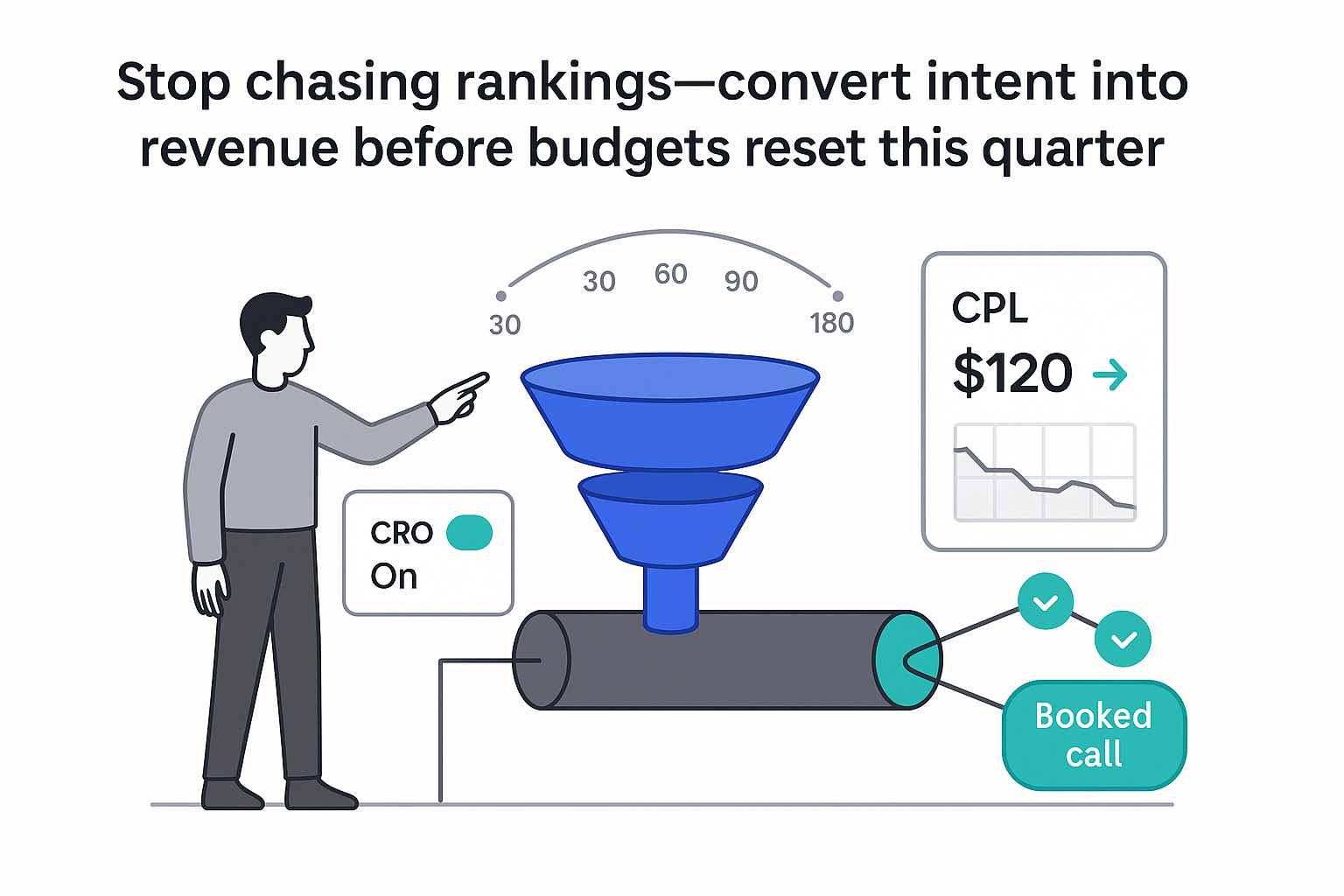

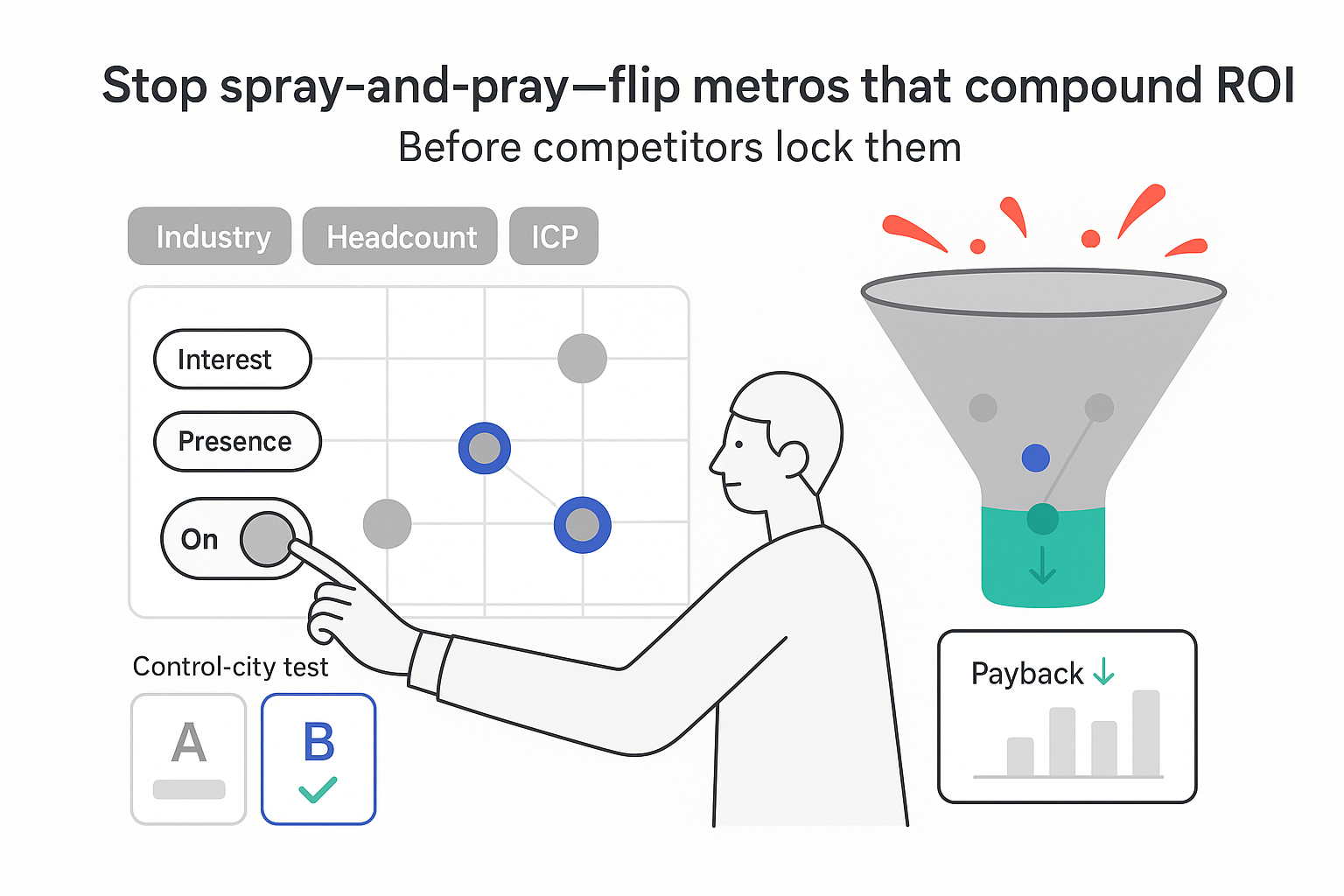
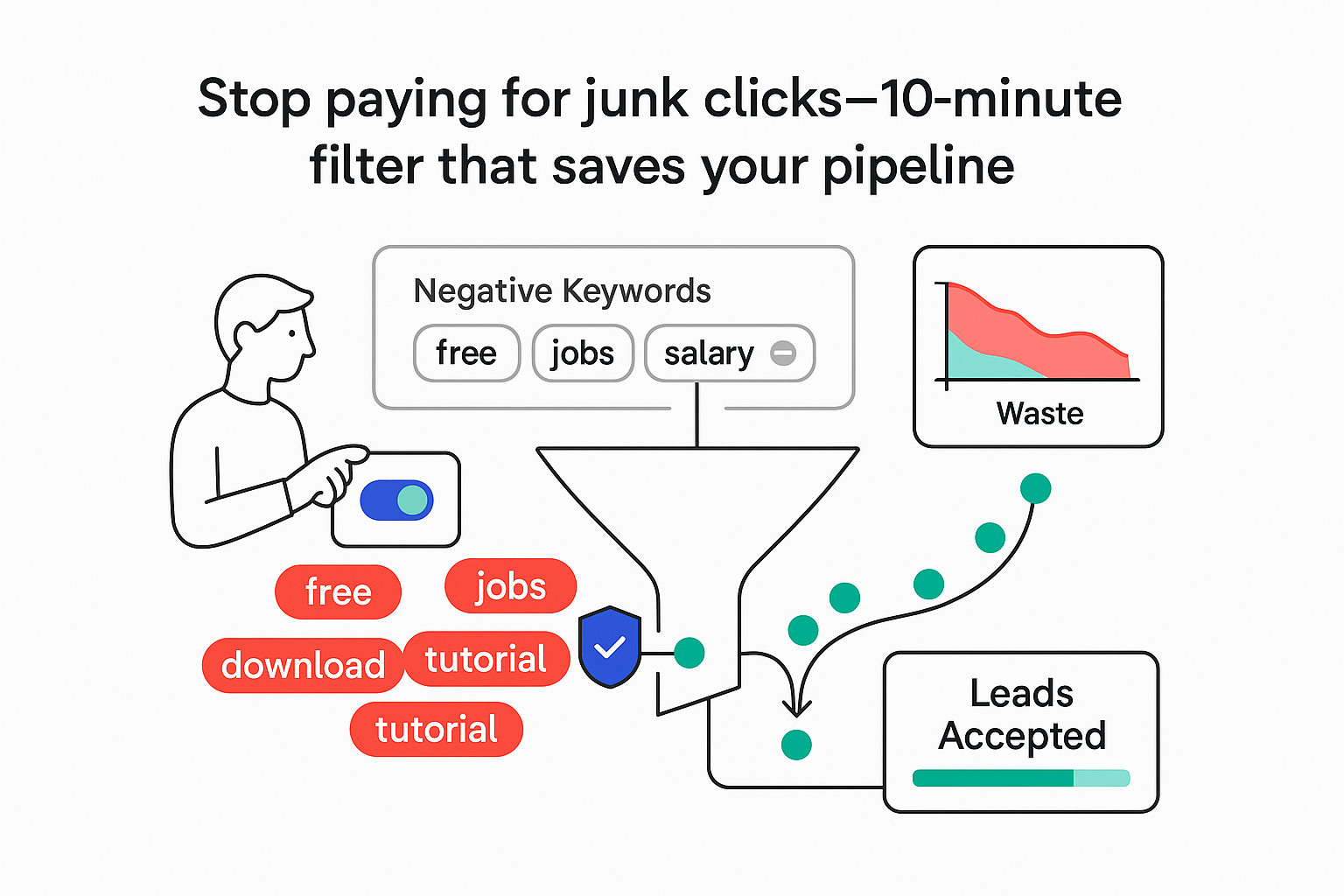
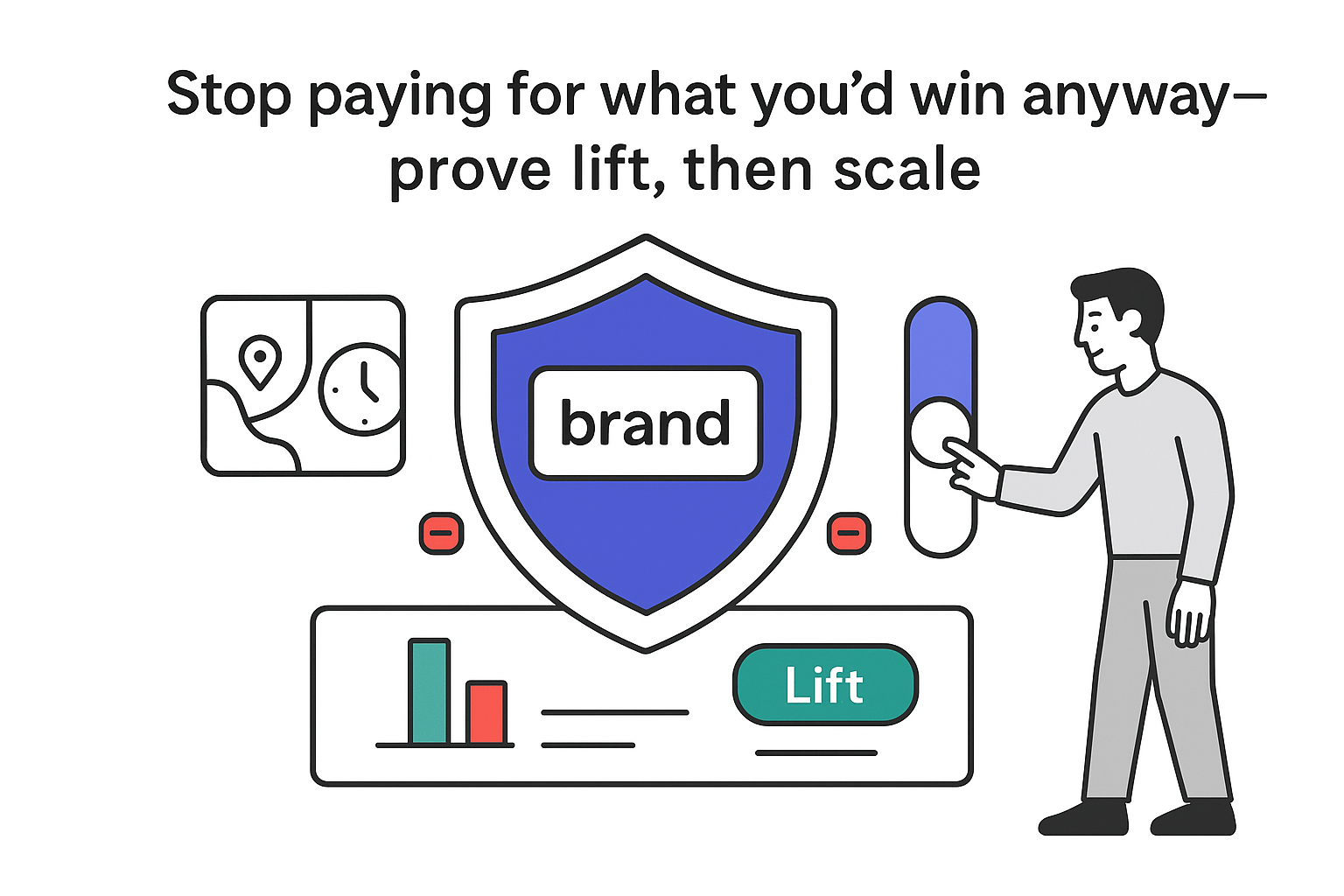
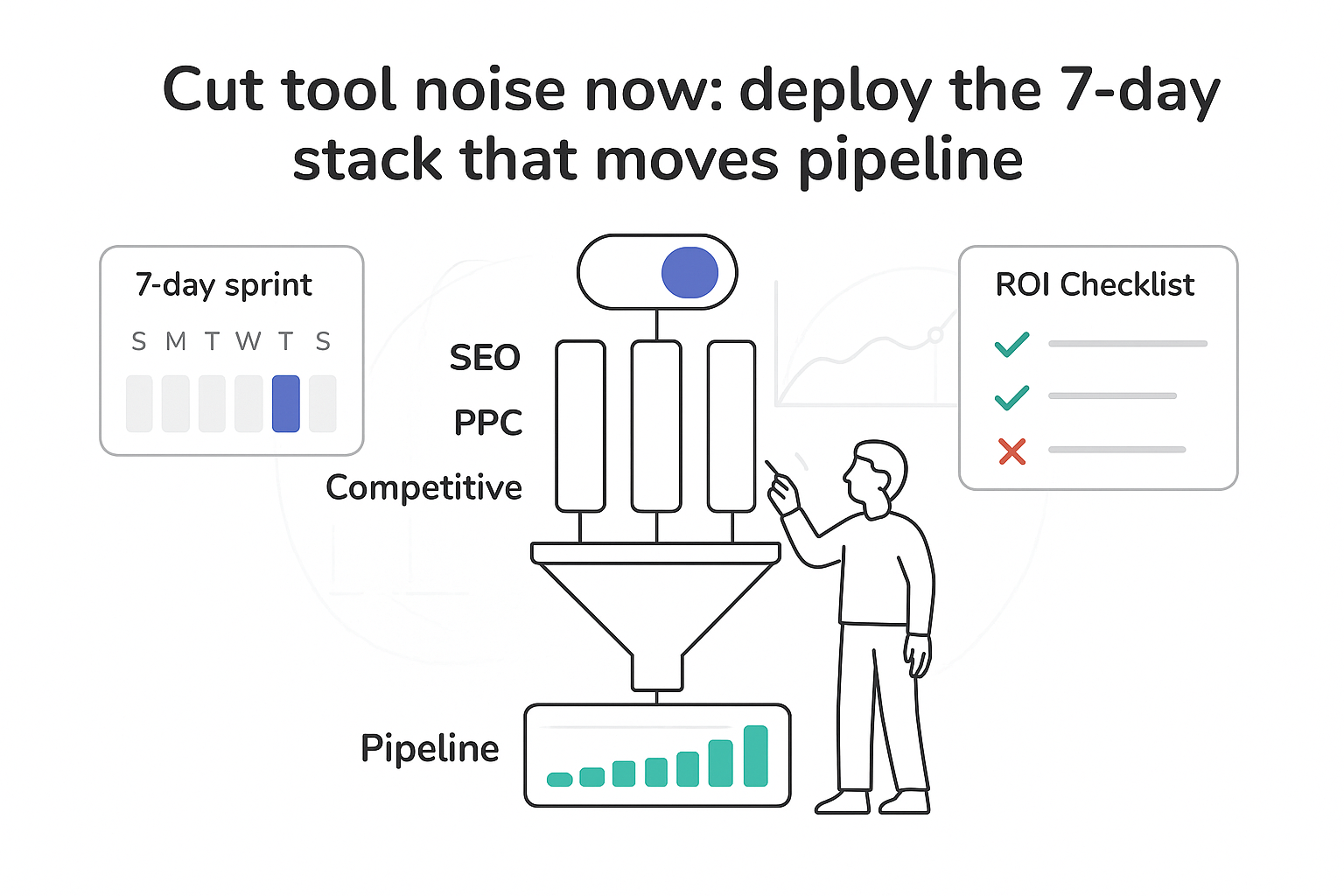
.svg)